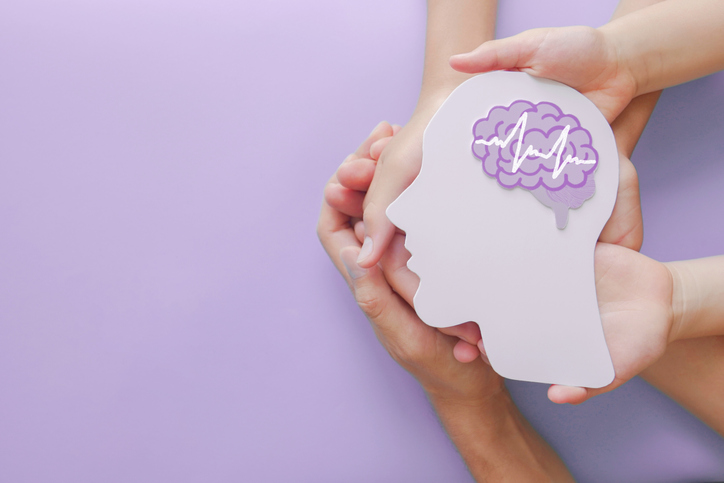
What is chronic prostatitis/chronic pelvic pain syndrome (CP/CPPS)
Prostatitis is inflammation of the prostate gland, the walnut-sized gland located below a man’s bladder. The prostate gland secretes fluid that, along with sperm, forms semen.
There are different types of prostatitis, one of which is chronic prostatitis/chronic pelvic pain syndrome (CP/CPPS). This is the most common type. Young and middle-aged men are more likely to develop CP/CPPS, but it can happen at any age.
CP/CPPS may be classified as inflammatory or non-inflammatory.
In inflammatory cases, urine, semen, and fluid secreted by the prostate contain infection-fighting cells. But these fluids don’t contain bacteria.
When CP/CPPS is non-inflammatory, no infection-fighting cells and no bacteria are found in the fluid.
Symptoms
- Men with CP/CPPS can experience chronic discomfort or pain in the groin, genitals, perineum (the area between the anus and the genitals), or bladder.
- They may have pain with urination and ejaculation as well. Many feel anxious about the situation.
But symptoms don’t happen to every man with CP/CPPS. Also, symptoms may come and go on their own.
Diagnosis
- CP/CPPS can be hard to diagnose because its symptoms are similar to other medical conditions, like kidney and bladder problems.
- Also, some researchers believe that CP/CPPS is not related to the prostate gland but may be caused by pelvic floor muscle strain instead.
- Men usually undergo a digital rectal exam, during which their doctor inserts a lubricated, gloved finger into the rectum. By doing this, the doctor can feel any abnormalities in the prostate gland.
- Doctors may also analyze urine and prostatic fluid. In some cases, blood tests, ultrasounds, MRIs, or biopsies are ordered to rule out other conditions.
Treatment
CP/CPPS can also be difficult to treat and, unfortunately, it cannot always be cured. It can also take some time to find what best relieves a man’s symptoms. Some strategies for treating CP/CPPS symptoms include the following:
- Medications. Anti-inflammatory, pain medications, and muscle relaxants may be recommended. Alpha-blockers, which help relax muscles around the prostate, may also help. Some doctors prescribe antibiotics for CP/CPPS, but this treatment option is controversial.
- Heat. Some men find relief by taking a hot bath or by applying a heating pad or hot water bottle to the affected area.
- Changes in diet. Spicy foods and caffeinated or acidic drinks can aggravate symptoms for some men.
- Lifestyle changes. Activities that make symptoms worse, like bicycle riding, may need to be avoided.
- Pillows. Experimenting with different pillows or cushions may help a man who is uncomfortable while seated.
- Prostatic massages. These massages can help release some pressure around the prostate.
- Counseling. Psychological issues among men with CP/CPPS are common. Men with the condition have considerably higher levels of anxiety than those without it. Some experts believe that psychological problems are part of the cause of CP/CPPS. Such problems could also develop as a result. In either case, talking to a counselor may help men cope with this aspect of CP/CPPS.
- Acupuncture. The European Association of Urology recommends acupuncture as a treatment for CP/CPPS.
- Extracorporeal shockwave therapy. There are studies to support extracorporeal shockwave therapy as a treatment for CP/CPPS, but evidence on its effectiveness remains weak.
Men with severe CP/CPPS may require surgery.
Sometimes, CP/CPPS gets better on its own.
Most men with CP/CPPS can have sex as they did before. However, it may be uncomfortable at times, especially during a pain flare-up. Couples may need to take a break from sex until the discomfort passes.


